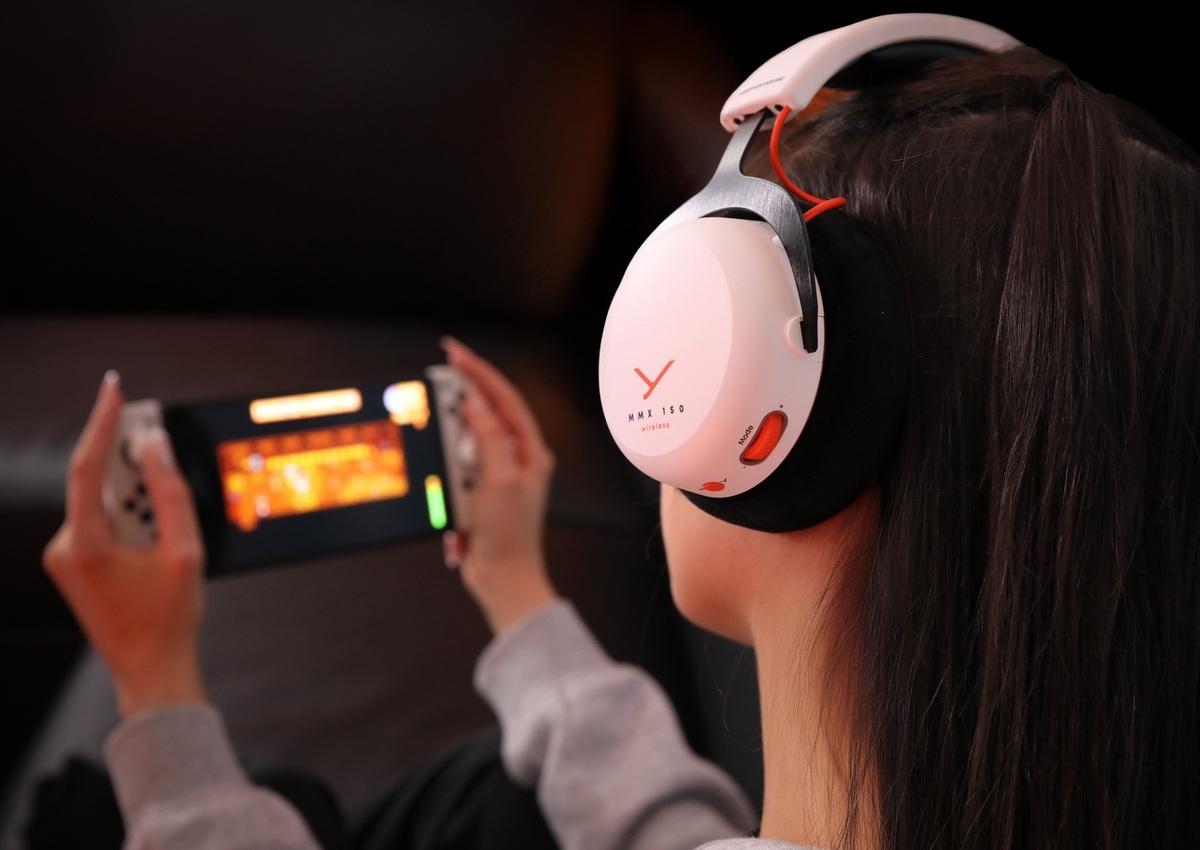This is what safety has become for some: a blade and the risk of injury to get a hearing aid … More
All packaging images shown in this article were submitted by verified Amazon reviewers who are hearing aid users or caregivers.
When 3,500 Americans Say the Same Thing, Something Is Broken
More than 3,500 Americans have shared publicly their negative experiences, through Amazon reviews, petitions, audiology offices, and caregiver reports, about one thing: the redesigned packaging of hearing aid batteries. These are not complaints about the batteries themselves but about the hard plastic, scissors-required, injury-prone containers they now come in.
The packaging directly results from Reese’s Law, passed in 2022.
Last February, I wrote about these concerns in an article titled “Good Intentions Lead to Poor Design.” At the time, many were still adjusting to the law’s rollout. But the early signs were already evident: confusion among retailers, frustration among end users, and the sudden disappearance of products that had made battery changes easier and safer.
Senators Richard Blumenthal and Marsha Blackburn introduced Reese’s Law in response to a tragic injury involving lithium coin batteries. The goal was urgent and necessary: to protect children from battery ingestion. The law was written too broadly. Its implementation by the Consumer Product Safety Commission created confusion, unintended harm, and new barriers for older adults and people with disabilities
The CPSC was tasked with developing the law’s technical guidelines, which were finalized in 2023 and took effect in 2024. The law exempts hearing aid batteries. Yet, in practice, the CPSC’s rule interprets that exemption narrowly, stating that while the battery may be exempt, the packaging is not. This distinction makes little practical sense. The packaging is how a hearing aid user accesses the battery. If the packaging is inaccessible, the exemption is meaningless.
This contradiction created widespread uncertainty. Many of us in the field, designers, clinicians, and manufacturers, were left unsure how to proceed or whether we could proceed. Compliance was unclear. Risk aversion took hold. And even products that supported both safety and accessibility were pulled from shelves.
Zinc-air hearing aid batteries are non-toxic, chemically stable, and not associated with a single known fatality. The law failed to distinguish between them and far more dangerous lithium coin cells. In response, manufacturers overcorrected. Retailers panicked upon poor sales. And what used to be a simple daily task, changing a hearing aid battery, became an exercise in frustration, injury, and, in many cases, abandonment of hearing aids altogether.
I know this is not just from data. I live it. As an entrepreneur and co-inventor, I built a product that solved this problem. It worked. Then it was pushed aside by the confusion and compliance culture created by this law.
A Safer Design, Lost in Translation
That product became the Akoio Hearing Aid Battery Dispenser. I focused on usability when I set out to build a better hearing aid battery solution. I partnered with design leaders from the consumer packaged goods world, the same minds behind successful products in health care and accessibility. I collaborated with former leaders from the battery industry. I worked with Varta, a top-tier battery manufacturer. Together, we engineered an automatic tab removal system that is easy to carry, store, and change hearing aid batteries. Most importantly, it is accessible to many users facing various physical challenges.
The Akoio® Hearing Aid Battery™ Dispenser made battery changes simpler, safer, and more accessible … More
The dispenser was brought it to market through Amazon, quickly earning a 4.7 out of 5.0-star rating from verified buyers. Customers called it intuitive, reliable, and long overdue. One reviewer wrote, “Finally, a battery holder I can use without dropping half the pack. Whoever designed this actually gets it.”
It was not just well-designed. It was well-received.
And then it was sidelined.
When Reese’s Law was enforced in March 2024, battery manufacturers began redesigning their packaging to comply. For hearing aid batteries, that meant overcorrecting, introducing hard plastic shells, clamshell packs, and layers of material that required sharp tools to open.
The law technically exempts zinc-air hearing aid batteries. But, retail interpretation, legal caution, and lack of regulatory clarity swept everything into one overly restrictive category. Even products built for safety and accessibility were suddenly viewed as risks.
Retailers pulled back. Legal teams were vague. People who relied on hearing aids were left to struggle.
A Problem Hidden in Plain Sight
This is not an isolated story. It is part of a pattern.
As I gathered these complaints, one stayed with me. In a video, an older woman described how she now uses a box cutter to open her hearing aid battery pack. She struggled as she cut into the thick plastic, as the blade was so close to her hand and fingers! This is what so-called safety and accessibility have become for many: a sharp blade and the risk of injury just to be able to use the hearing aid’s battery power to hear!
Real packaging, real consequences. This pack after “cutting” left behind sharp plastic shards and … More
Since Reese’s Law took effect in March 2024, I have gathered and analyzed more than 3,500 user cases detailing the impact of redesigned hearing aid battery packaging. These came from end users, caregivers, audiologists, petition signers, Amazon reviews, and retail sites like CVS and Walgreens. Each case was reviewed and categorized for usability, injury, and abandonment trends. That sample size represents an estimated 1.7 million Americans reliant on hearing aids powered by zinc-air batteries, which are reliable and convenient.
Here is what was found:
- 84 percent of end users said the packaging was difficult or unsafe to open
- 68 percent reported needing scissors or sharp instruments to access a battery
- 30 percent said they stopped or paused hearing aid use due to packaging challenges
- 10 percent described injury, distress, or risk during battery changes
- 0 (zero) percent of cases involved a fatality from swallowing a zinc-air battery
As one user put it, “These new packs are so tough to open, I gave up. I cannot live with cuts and dropped batteries every day.”
This is not how a safety regulation should function.
Progress That Leaves People Behind
Today, around 80 percent of new hearing aids sold are rechargeable. That shift is real and meaningful. But millions of current users still rely on zinc-air batteries, not because they are behind, but because these batteries remain dependable, affordable, and compatible with their devices.
Zinc-air batteries are not going away. Daily access must remain safe, simple, and dignified for those who rely on them. But that access has eroded.
What was once a one-handed, intuitive action is now a frustrating, injury-prone task. This happened not because of battery package design but because of regulatory overreach and market fear.
The business impact has been just as sharp. Responsible companies have had to pause, exit, or redesign products that were already solving the problem. Innovation has been punished, and the market has chilled.
The Public Is Speaking
Recently, Abram Bailey, CEO of Hearing Tracker, launched a petition titled “Stop Impossible Hearing Aid Battery Packaging”. The petition has gathered over 1,500 signatures from hearing aid users, audiologists, and caregivers. This was not a protest against child safety. It was a call for regulatory clarity and common sense.
The petition does not ask Congress to repeal Reese’s Law. It asks lawmakers and regulators to revise it, to recognize the unintended harm caused by rigid packaging requirements. The message is simple and humane: protect children, yes. But do not make life harder for the people who depend on these batteries every day.
Real stories from the Hearing Aid Forum illustrate just how severe this issue has become:
- “I can’t open the new battery dispensers. It isn’t safe because I have to cut them out on the counter and hope to find them all.” — maryL
- “Child Resistant Packaging is almost impossible to open… Even if you get past cutting them open like cutting a pie, the plastic holding the battery is hard to open.” — hearer2024
- “I have arthritis in my right thumb… now, it’s a frustrating pain situation to get the little devils out for my son.” — Sue_O
- “I guess I should forget using my hearing aids, is what I’m feeling.” — Bob_P
- “I don’t carry scissors in my car… it takes FOREVER to get them out of the packaging and I pray I don’t shoot it across the room or cut myself.” — MFox
- “Even with stainless steel kitchen scissors, the battery package is super hard to cut open… I can’t begin to imagine what others are going through who do have arthritis.” — blazingsword
These are not outliers. They are everyday users trying to live independently and being blocked by packaging that was never designed with them in mind.
What Needs to Change
We need to bring accessibility back into the safety conversation.
That starts with the Consumer Product Safety Commission providing clear guidance on how Reese’s Law applies to hearing aid batteries. We need room for child-resistant packaging that also meets the needs of adults with dexterity and vision limitations. And we need to encourage, not discourage, the kinds of innovation that solve for both safety and usability.
This is not about rolling back protection. It is about refining it. It is time for policymakers, product designers, and disability advocates to come together to fix what the law missed.
Safety and accessibility must be designed together. Anything less is unacceptable.
Closing Reflection
I built a better mousetrap because I live with this problem, and I know how many others do, too.
The law that followed did not kill that idea. But it made it harder to share, distribute, and trust the system that claims to work in our interest.
We can do better.









